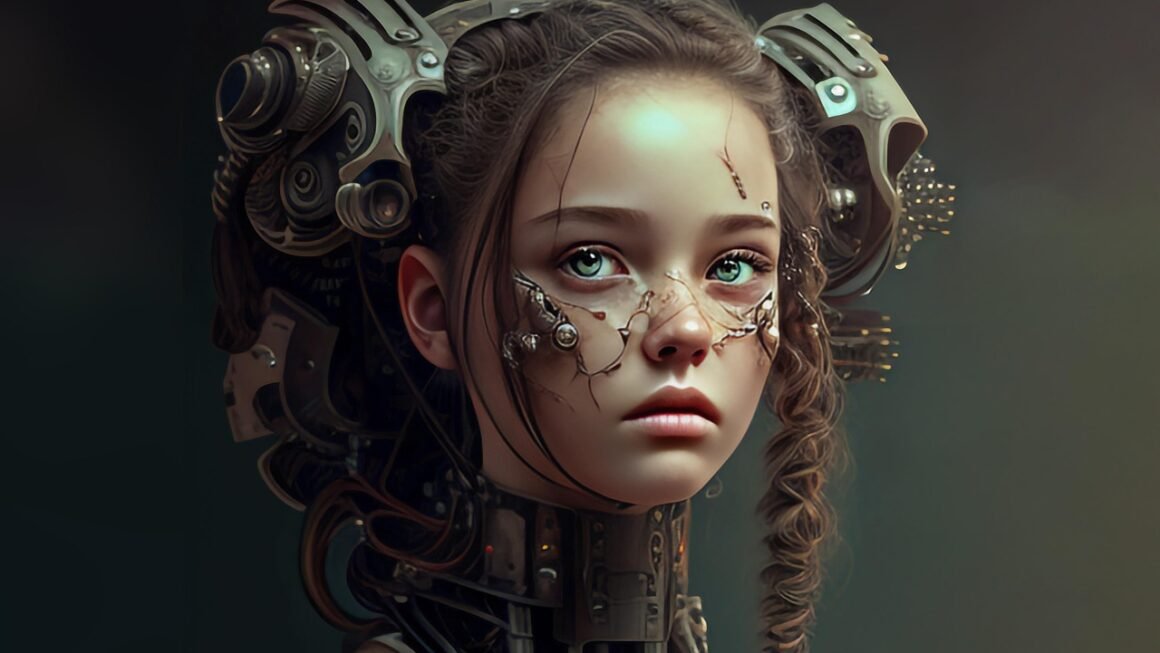Robotics is no longer confined to the realm of science fiction. From automated manufacturing processes to sophisticated surgical assistants, robots are rapidly transforming industries and reshaping our daily lives. This blog post delves into the fascinating world of robotics, exploring its diverse applications, key components, and exciting future prospects. Whether you’re a seasoned engineer or simply curious about this cutting-edge technology, prepare to embark on a journey into the intricate and innovative world of robotics.
What is Robotics?
Defining Robotics
Robotics is an interdisciplinary field that integrates computer science, mechanical engineering, electrical engineering, and other related disciplines to design, construct, operate, and apply robots. A robot is essentially a programmable machine capable of carrying out a complex series of actions automatically. These actions can range from simple repetitive tasks to intricate decision-making processes, depending on the robot’s design and programming.
Key Components of a Robot
Understanding the fundamental components of a robot is crucial for grasping its functionality:
- Sensors: These devices gather information about the robot’s environment. Examples include:
Cameras for visual input
Ultrasonic sensors for distance measurement
Force sensors for detecting pressure
Encoders for measuring joint angles and position
- Actuators: Actuators are responsible for the robot’s movement and actions. Common types include:
Electric motors for precise and controlled movements
Hydraulic cylinders for high-force applications
Pneumatic cylinders for fast and repetitive tasks
- Controllers: The controller is the “brain” of the robot, processing sensor data and sending commands to the actuators.
Microcontrollers and Programmable Logic Controllers (PLCs) are widely used.
Advanced robots often utilize powerful computers for complex computations and AI-driven decision-making.
- Power Source: Robots require a power source to operate their actuators and controllers.
Batteries are commonly used for mobile robots.
AC power is used for stationary robots.
Other sources include solar power and fuel cells.
- Software & Algorithms: These define the robot’s behavior and intelligence.
Robotics operating systems (ROS) provide frameworks for developing robot software.
Algorithms for path planning, object recognition, and control are essential.
Types of Robots
The field of robotics encompasses a wide range of robot types, each designed for specific applications:
- Industrial Robots: Used in manufacturing for tasks such as welding, painting, and assembly.
- Service Robots: Designed to assist humans in various environments, including healthcare, hospitality, and logistics. Example: automated cleaning robots.
- Medical Robots: Used in surgery, rehabilitation, and drug delivery. Example: da Vinci Surgical System.
- Military Robots: Used for reconnaissance, bomb disposal, and combat support.
- Exploration Robots: Used to explore hazardous or inaccessible environments, such as space or underwater.
Robotics in Industry and Manufacturing
Automation and Efficiency
Robotics has revolutionized the manufacturing sector by enabling automation of repetitive and physically demanding tasks. This leads to:
- Increased production speed and throughput
- Improved product quality and consistency
- Reduced labor costs
- Enhanced workplace safety
Approximately 70% of robots worldwide are used in manufacturing.
Specific Applications in Manufacturing
- Welding: Robotic welding systems provide precise and consistent welds, reducing defects and improving worker safety.
- Painting: Robots can apply coatings evenly and efficiently, minimizing waste and exposure to hazardous chemicals.
- Assembly: Robots assemble products with speed and accuracy, ensuring consistent quality. Example: automotive assembly lines.
- Material Handling: Robots can transport materials between workstations, reducing the risk of injury and improving efficiency.
- Quality Control: Robots equipped with vision systems can inspect products for defects, ensuring adherence to quality standards.
Collaborative Robots (Cobots)
Cobots are designed to work alongside humans in a shared workspace. They are typically smaller, lighter, and equipped with advanced safety features, such as collision detection sensors.
- Cobots can assist with tasks that are ergonomically challenging or require high precision.
- They can be easily reprogrammed to perform different tasks, making them suitable for flexible manufacturing environments.
- Example: A cobot assisting a worker with assembling electronic components.
Robotics in Healthcare
Surgical Robots
Surgical robots provide surgeons with enhanced precision, dexterity, and control during complex procedures.
- The da Vinci Surgical System is a widely used surgical robot that allows surgeons to perform minimally invasive procedures with greater accuracy.
- Surgical robots can reduce recovery time, minimize blood loss, and improve patient outcomes.
- Statistics show that robot-assisted surgery leads to shorter hospital stays.
Rehabilitation Robots
Rehabilitation robots assist patients with regaining motor skills and improving mobility after injuries or strokes.
- These robots provide repetitive and controlled movements that can help patients retrain their muscles and improve their coordination.
- Examples include exoskeletons that assist patients with walking and robotic arms that aid in hand rehabilitation.
Pharmacy Automation
Robots are increasingly being used in pharmacies to automate tasks such as dispensing medications, counting pills, and preparing prescriptions.
- This reduces the risk of errors and improves the efficiency of pharmacy operations.
- Automated dispensing systems can also track medication inventory and ensure that patients receive the correct dosage.
Telepresence Robots
Telepresence robots allow doctors to remotely examine patients and provide consultations.
- These robots are equipped with cameras, microphones, and speakers, allowing doctors to interact with patients from a distance.
- They are particularly useful in rural areas or in situations where doctors cannot be physically present.
The Future of Robotics
Artificial Intelligence and Machine Learning
The integration of AI and machine learning is transforming the capabilities of robots.
- AI-powered robots can learn from experience, adapt to changing environments, and make decisions without human intervention.
- Machine learning algorithms are used for tasks such as object recognition, path planning, and natural language processing.
- Example: Self-driving cars are a prime example of AI-powered robots.
Nanorobotics
Nanorobotics is an emerging field that focuses on the development of robots at the nanoscale (1-100 nanometers).
- Nanorobots have the potential to revolutionize medicine by delivering drugs directly to cancer cells, repairing damaged tissues, and performing minimally invasive surgeries.
- They could also be used in manufacturing to create new materials and devices with unprecedented precision.
Human-Robot Interaction
As robots become more prevalent in our daily lives, it is crucial to develop effective methods for human-robot interaction.
- This includes designing robots that are intuitive to use, easy to understand, and capable of communicating effectively with humans.
- Research in this area focuses on developing natural language interfaces, gesture recognition systems, and other technologies that allow humans to interact with robots in a seamless and intuitive way.
Ethical Considerations
The increasing use of robots raises important ethical considerations.
- Job displacement: As robots automate tasks previously performed by humans, there is a concern that they could lead to widespread job losses.
- Autonomous weapons: The development of autonomous weapons raises concerns about accountability and the potential for unintended consequences.
- Data privacy: Robots collect vast amounts of data about their surroundings, raising concerns about data privacy and security.
- It’s essential to address these ethical concerns through responsible development and regulation of robotics technology.
Conclusion
Robotics is a transformative technology with the potential to reshape our world in profound ways. From enhancing manufacturing efficiency to improving healthcare outcomes, robots are already making a significant impact across various industries. As AI, machine learning, and other technologies continue to advance, the capabilities of robots will only continue to grow. It’s crucial to embrace the potential of robotics while also addressing the ethical considerations that arise from its increasing prevalence. By doing so, we can harness the power of robotics to create a better future for all.



